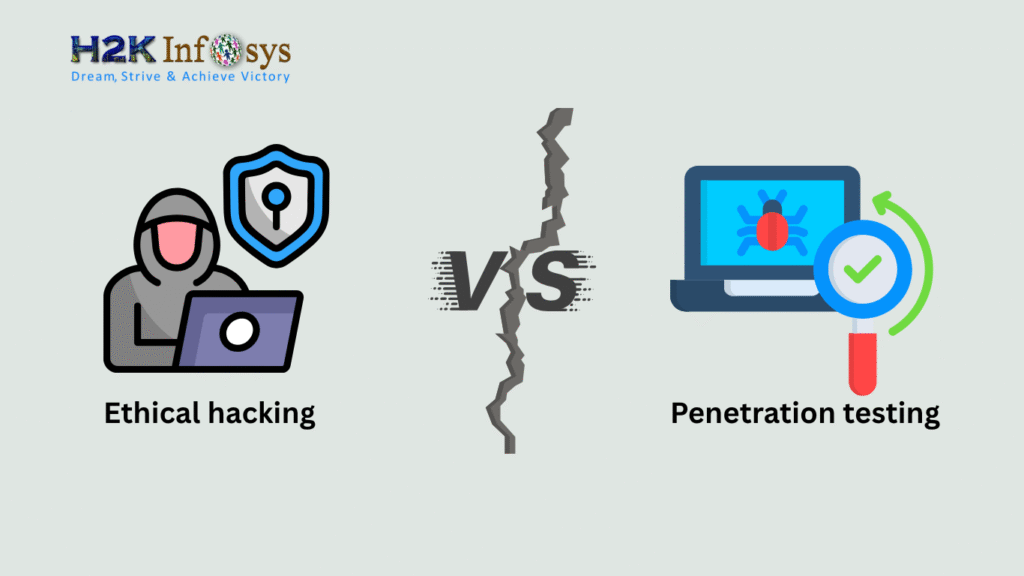Regression testing in agile helps development teams which will concentrate on new functionality while maintaining stability with every new product increment. Teams use regression testing to make sure that tested software continues to perform modifications. Regression testing is considered a stepchild of agile testing but is essential to enable the high velocity that agile teams strive to achieve.
Regression Testing in Agile context:
In Agile, regression testing needs to test if the changes in the software and new features added to the software induce new defects in the already existing software.
Regression testing makes sure that the previous functionality of the application works effectively and new changes that have not introduced bugs. Regression tests should be employed whether there is a small localized change to the software or a large change. Teams must verify that new code does not conflict with older code and that code that has not been changed is still working as expected.
For regression testing in Agile, a testing team should build the regression suite from the onset of product development. They should continue building alongside development sprints.
Regression testing methods:
- Re-test everything- involves re-execute all existing tests on the new codebase. The well-designed tests tend to isolate the regressions. This method is resource-intensive and suitable for a smaller codebase.
- Selective re-testing- It is sometimes possible to identify a subset of your existing tests that can address all or address almost all the moving parts of your codebase. It is then sufficient to re-run that selective set to discover regression across the codebase.
- Prioritized re-testing- used on large codebases. The priority tests address code parts, user actions and areas of functionality expected to contain bugs. When these tests have run you can complete the remaining tests.
Why is Regression Testing Important in Agile development?
In an Agile Framework, the team focuses on features planned for the sprint. However, while the team attends to a particular product area, they cannot be expected to take into risks their changes might pose to the entire system. A regression test will show areas affected by the team’s changes across the codebase, assuming coverage’s sufficient.
Regression testing challenges faced by Agile Teams
There are many challenges that can make regression testing which is difficult for an agile team:
- Changes-In this the management and customers will make excessive changes to requirements. These changes will be volatile and entire iterations are wiped out. This faces a serious risk to testing automation strategy.
- It cannot use the record and playback testing tools teams need to wait until the functionality is ready to employ traditional,test-last tools with record and playback features. So traditional automated functional testing tools will not work in an agile context.
- Regression tests growth-The scale of regression testing increases with each sprint and for large projects regression tests quickly become unmanageable. To make sure regression testing remains manageable our team should automate, but review tests often and removes obsolete or ineffective tests.
- Lack of communication- Most effective communication will be done between the automation testing team, business analysts, developers and stakeholders. This makes sure a good understanding of changes to the product. Which features are new and require new regression tests, which ones are undergoing changes and should be closely tested and which ones are expelled or deprecated and no longer need regression testing.
- Special testing skills- The project develops, specialist skills will be needed for the test areas such as integration and performance testing. This team should leverage test specialists either within the agile team or maybe from other parts of the organization, to gather and plan testing requirements.
- Test case maintenance-The more test cases we automate the more we can verify the quality of existing functionality. More automated test cases mean more maintenance. If we also make our test cases loosely coupled with the product functionality which may pass even when issues exist. They are too rigid; they need to be rewritten and updated with every small change to the system.
Building Regression Testing Strategy for Agile Teams
Before building a regression testing strategy
- Gather all test cases you intend to execute.
- Identify improvements that will be made to the test cases.
- Estimate the time for execution of the test cases.
- Outline what can be automated and how.
Questions
- What is Regression testing in Agile?
- What are the Regression Testing Methods?
Regression Testing for Agile Teams
Regression testing in agile helps development teams which will concentrate on new functionality while maintaining stability with every new product increment. Teams use regression testing to make sure that tested software continues to perform modifications. Regression testing is considered a stepchild of agile testing but is essential to enable the high velocity that agile teams strive to achieve.
Regression Testing in Agile context:
In Agile, regression testing needs test if the changes in the software and new features added to the software induce new defects in the already existing software.
Regression testing makes sure that the previous functionality of the application works effectively and new changes that have not introduced bugs. Regression tests should be employed whether there is a small localized change to the software or a large change. Teams must verify that new code does not conflict with older code and that code that has not been changed is still working as expected.
For regression testing in Agile, a testing team should build the regression suite from the onset of product development. They should continue building alongside development sprints.

Regression testing methods:
- Re-test everything- involves re-execute all existing tests on the new codebase. The well-designed tests tend to isolate the regressions. This method is resource-intensive and suitable for a smaller codebase.
- Selective re-testing- It is sometimes possible to identify a subset of your existing tests that can address all or address almost all the moving parts of your codebase. It is then sufficient to re-run that selective set to discover regression across the codebase.
- Prioritized re-testing- used on large codebases. The priority tests address code parts, user actions and areas of functionality expected to contain bugs. When these tests have run you can complete the remaining tests.
Why is Regression Testing Important in Agile development?
In an Agile Framework, the team focuses on features planned for the sprint. However, while the team attends to a particular product area, they cannot be expected to take into risks their changes might pose to the entire system. A regression test will show areas affected by the team’s changes across the codebase, assuming coverage’s sufficient.
Regression testing challenges faced by Agile Teams
There are many challenges that can make regression testing which is difficult for an agile team:
- Changes-In this the management and customers will make excessive changes to requirements. These changes will be volatile and entire iterations are wiped out. This faces a serious risk to testing automation strategy.
- It cannot use the record and playback testing tools teams need to wait until the functionality is ready to employ traditional,test-last tools with record and playback features. So traditional automated functional testing tools will not work in an agile context.
- Regression tests growth-The scale of regression testing increases with each sprint and for large projects regression tests quickly become unmanageable. To make sure regression testing remains manageable our team should automate, but review tests often and removes obsolete or ineffective tests.
- Lack of communication- Most effective communication will be done between the automation testing team, business analysts, developers and stakeholders. This makes sure a good understanding of changes to the product. Which features are new and require new regression tests, which ones are undergoing changes and should be closely tested and which ones are expelled or deprecated and no longer need regression testing.
- Special testing skills- The project develops, specialist skills will be needed for the test areas such as integration and performance testing. This team should leverage test specialists either within the agile team or maybe from other parts of the organization, to gather and plan testing requirements.
- Test case maintenance-The more test cases we automate the more we can verify the quality of existing functionality. More automated test cases mean more maintenance. If we also make our test cases loosely coupled with the product functionality which may pass even when issues exist. They are too rigid; they need to be rewritten and updated with every small change to the system.
Building Regression Testing Strategy for Agile Teams
Before building a regression testing strategy
- Gather all test cases you intend to execute.
- Identify improvements that will be made to the test cases.
- Estimate the time for execution of the test cases.
- Outline what can be automated and how.
Questions
- What is Regression testing in Agile?
- What are the Regression Testing Methods?
























